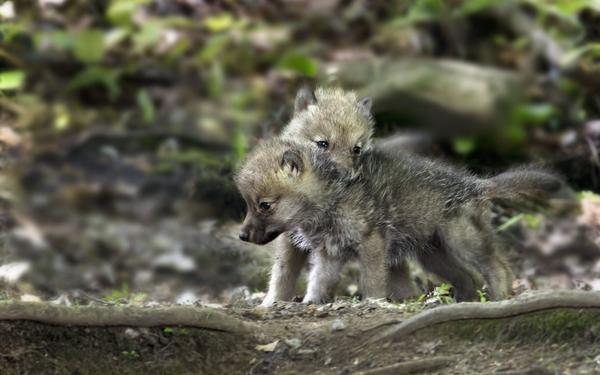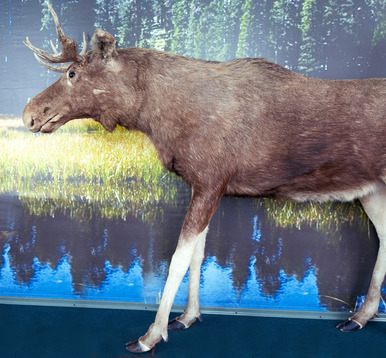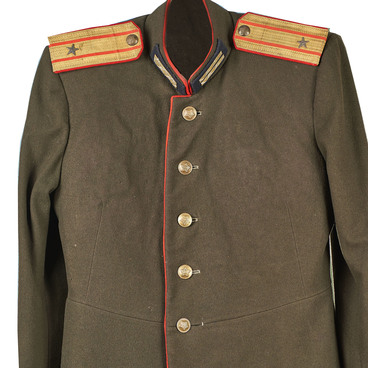In the Urazovo Local History Museum, you can see a stuffed wolf, which was created in 1989.
The common, or gray, wolf is the largest representative of the canine family. In appearance, it resembles an East European Shepherd Dog, but unlike a dog, the wolf’s tail is almost always down. The size of the body of a wolf from the tip of the nose to the end of the tail reaches just over one meter. The average weight of males reaches 34–40 kilograms.
The basis of a wolf’s diet is marmots, hares, murine rodents, less often — deer, roe deer, young wild boars, and very rarely — elks. In the summer, a large place in the wolf’s diet belongs to plant foods: fruits, berries, greens. In late summer and in autumn and winter, wolves can attack domestic animals. In winter, when there is insufficient food, they eat carrion. In cold climates, wolves can reduce blood flow to retain body heat. The warmth of the lower legs is regulated independently of the rest of the body, and is maintained at a level just above the point where the legs come into contact with ice and snow. In winter, wolves have very dense and fluffy hair, with a short undercoat and long protective hairs. Most of its undercoat falls in the spring and grows back in the fall. Winter fur is very resistant to cold weather; wolves in northern countries can safely stay in open areas at -40 °C, placing their muzzle between their hind legs and covering it with their tail. Wolf’s coat provides better insulation than dog’s coat and does not collect ice.
The basis of a wolf’s diet is marmots, hares, murine rodents, less often — deer, roe deer, young wild boars, and very rarely — elks. In the summer, a large place in the wolf’s diet belongs to plant foods: fruits, berries, greens. In late summer and in autumn and winter, wolves can attack domestic animals. In winter, when there is insufficient food, they eat carrion. In cold climates, wolves can reduce blood flow to retain body heat. The warmth of the lower legs is regulated independently of the rest of the body, and is maintained at a level just above the point where the legs come into contact with ice and snow. In winter, wolves have very dense and fluffy hair, with a short undercoat and long protective hairs. Most of its undercoat falls in the spring and grows back in the fall. Winter fur is very resistant to cold weather; wolves in northern countries can safely stay in open areas at -40 °C, placing their muzzle between their hind legs and covering it with their tail. Wolf’s coat provides better insulation than dog’s coat and does not collect ice.


